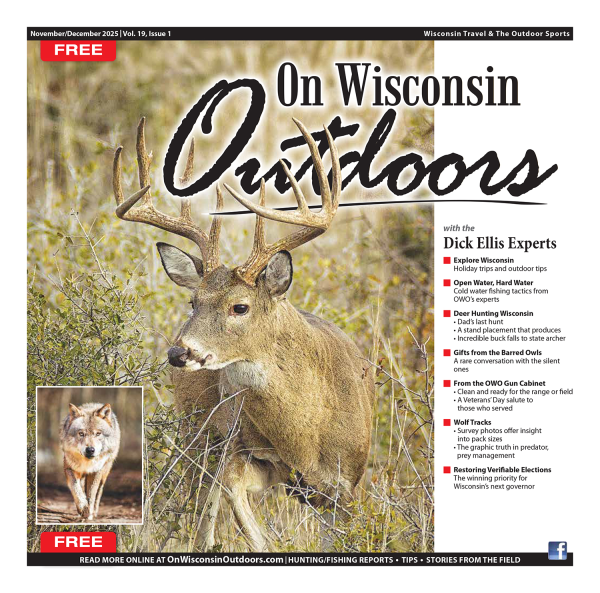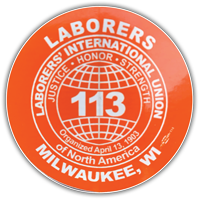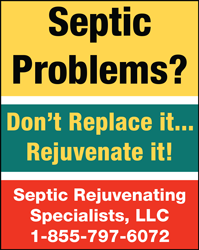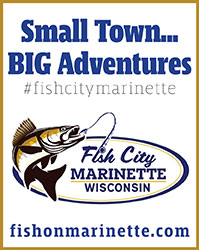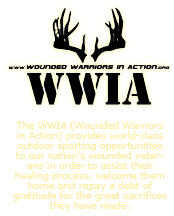Funding help available for managing Driftless Area land for rare species
MADISON - Private landowners, conservation organizations, land trusts and community groups are invited to apply for state funding and technical help for activities to restore prairies, savannas and oak woodlands in the Driftless Area for rare or declining plant and wildlife species.
Pre-proposals are being accepted from landowners who are new to the Landowner Incentive Program and have not previously received LIP funding, says Dawn Hinebaugh, a Department of Natural Resources conservation biologist who coordinates the program.
"Some people might be amazed to learn about the high level of interest from landowners in managing their property for rare and at-risk species, but the program always generates high demand," Hinebaugh says. "That interest shows that Wisconsin's conservation legacy continues, thanks in large part to the strong commitment by landowners to maintain our state's natural heritage for future generations."
DNR received a $250,000 federal grant to fund the Landowner Incentive Program.
For interested landowners, applying for LIP funding is a two-step process that includes a pre-proposal and full proposal, Hinebaugh says. Submission of a pre-proposal will allow staff to review the proposed project before landowners invest time in drafting a full project proposal. If the pre-proposal is approved, landowners will be invited to submit a full proposal which includes detailed budget information, project objectives and evaluation benchmarks, she says.
Funding will be provided to highly ranked projects on a first-come-first-served basis. Projects may request funding between $2,500 and $25,000 with most projects falling in the $3,000 to $6,000 range. The program is competitive and landowners should search the DNR website dnr.wi.gov for LIP and click on the link for Landowner Incentive Program to review the project ranking criteria, eligible work and costs, etc. for details.
The Landowner Incentive Program is a cost-share program, with DNR reimbursing a landowner for up to 75 percent of the cost for the on-the-ground practices that are involved in management of the project. The landowner is required to contribute the remaining 25 percent through out-of-pocket costs or as in-kind labor and equipment match.
Any land located within the Driftless Area that is not publicly owned is eligible, including traditional private parcels, land trust holdings, nongovernmental easement properties or facilitated projects and community groups. Projects that restore or enhance habitat on private land for the benefit of at-risk species are eligible. Eligible projects under LIP may include, but are not limited to, conducting prescribed burns, planting native vegetation and removing invasive and woody species, Hinebaugh says.
"Driftless" refers to the area that escaped coverage by glacial drifts which spread over much of the Upper Midwest roughly 10,000 to 26,000 years ago. The area has deep cut valleys and contains some of the highest quality remnants of oak savanna, prairies, forests and streams remaining in Upper Midwest states.
In Wisconsin, more than 97 percent of the 7.4 million acre Driftless Area is privately owned and so improving or restoring habitats depends overwhelmingly on the active engagement of private landowners, Hinebaugh says. Read stories from landowners who have participated in the program, see a slide show and video about the program on DNR's web feature on the LIP program.
